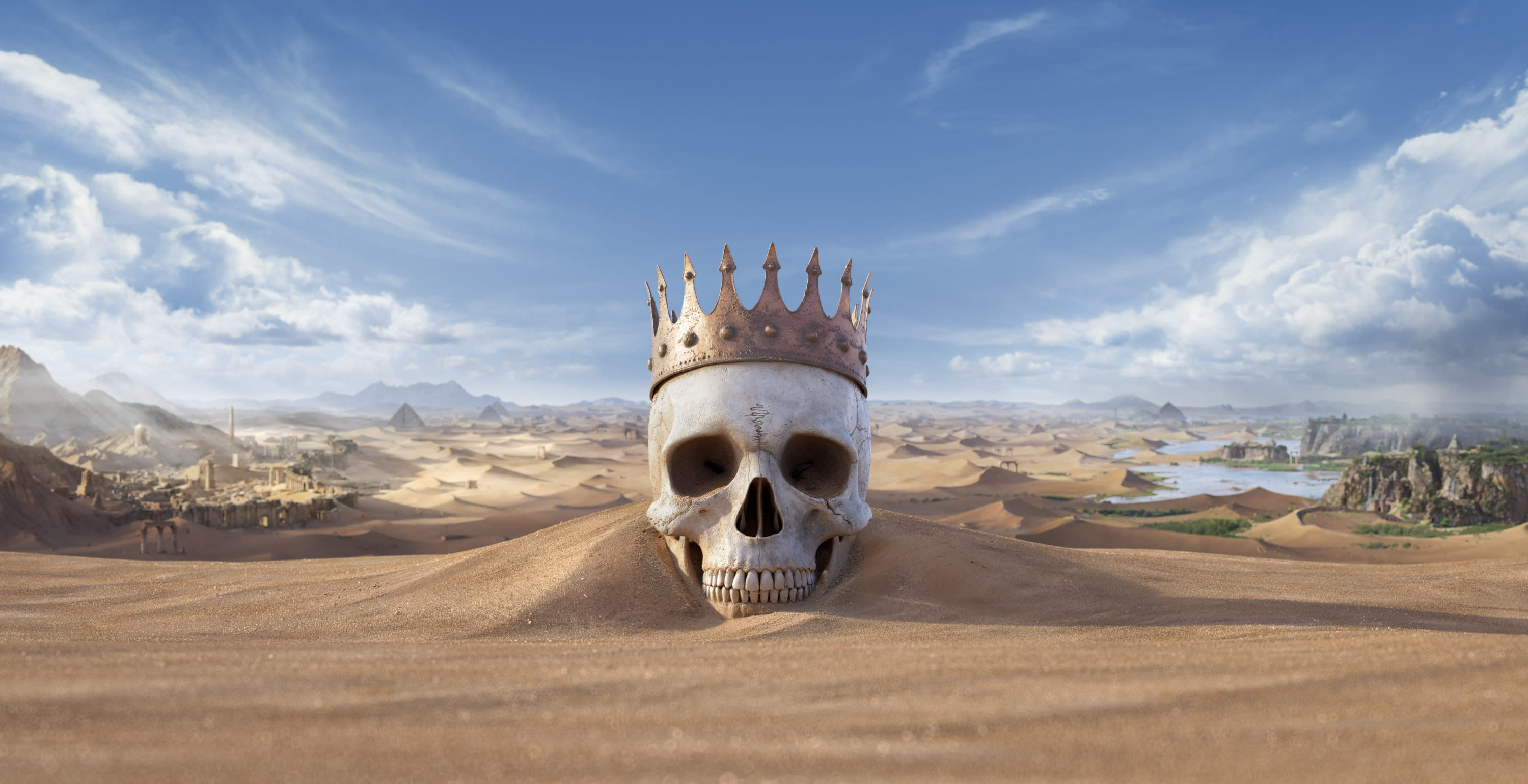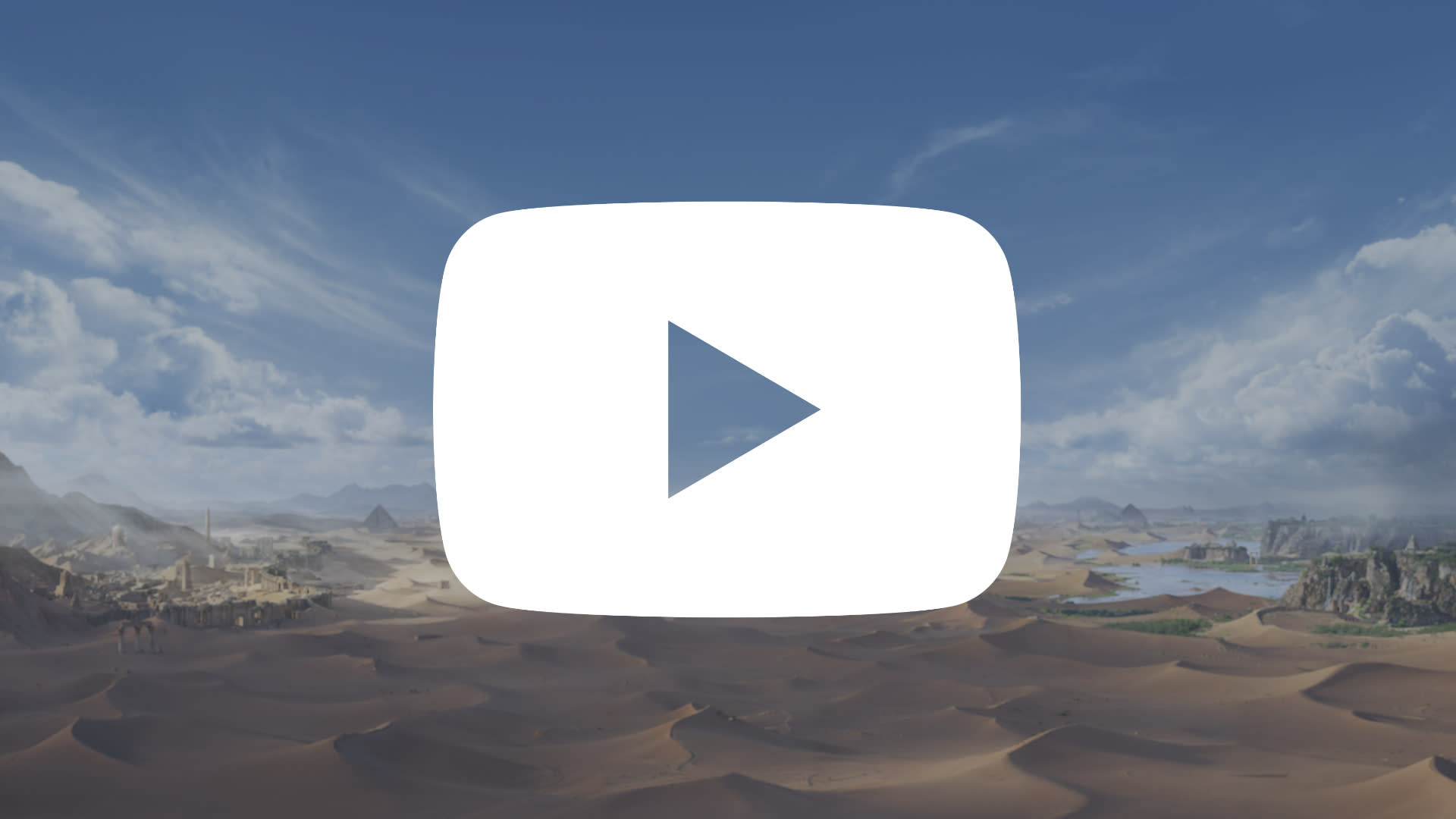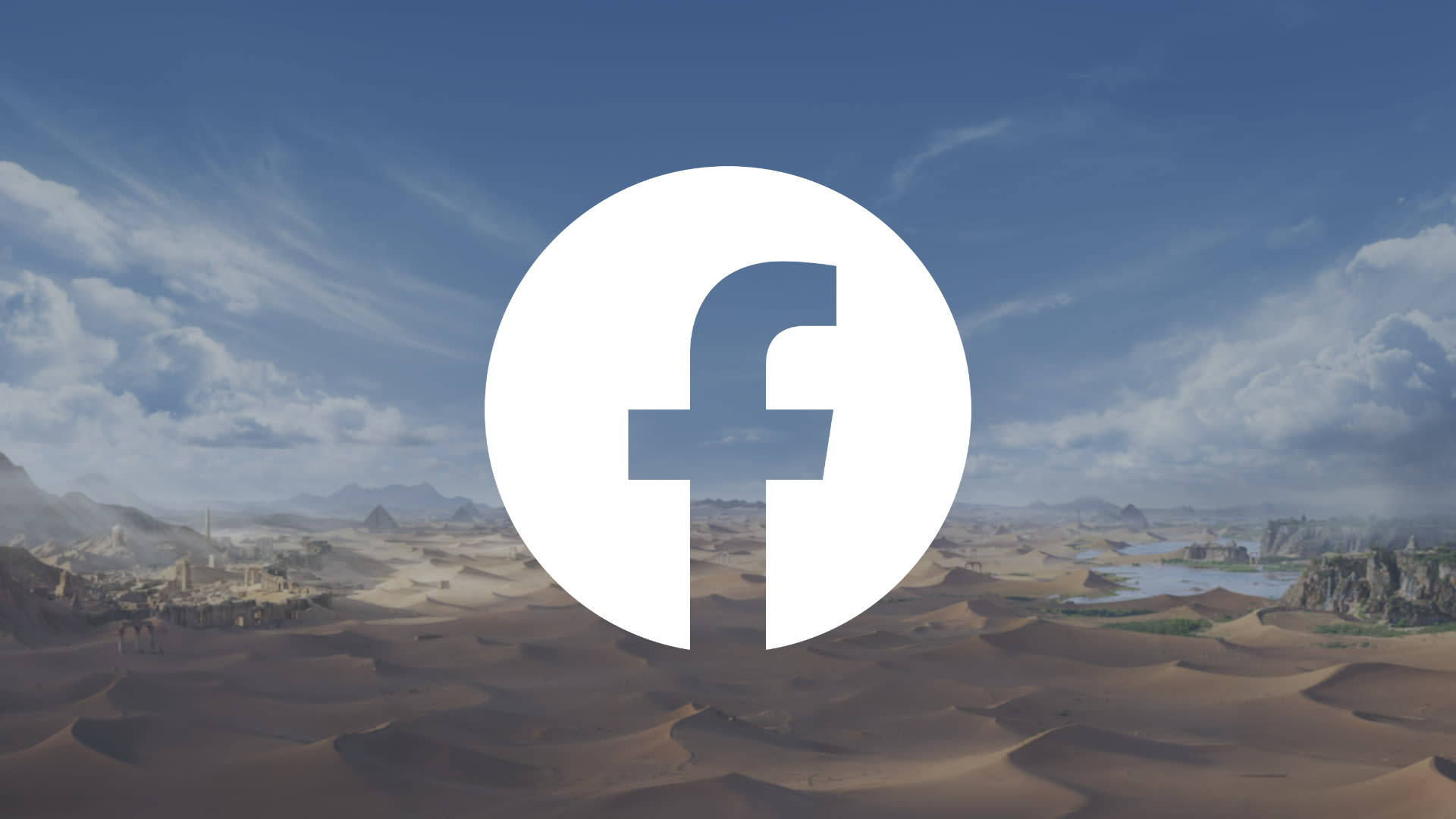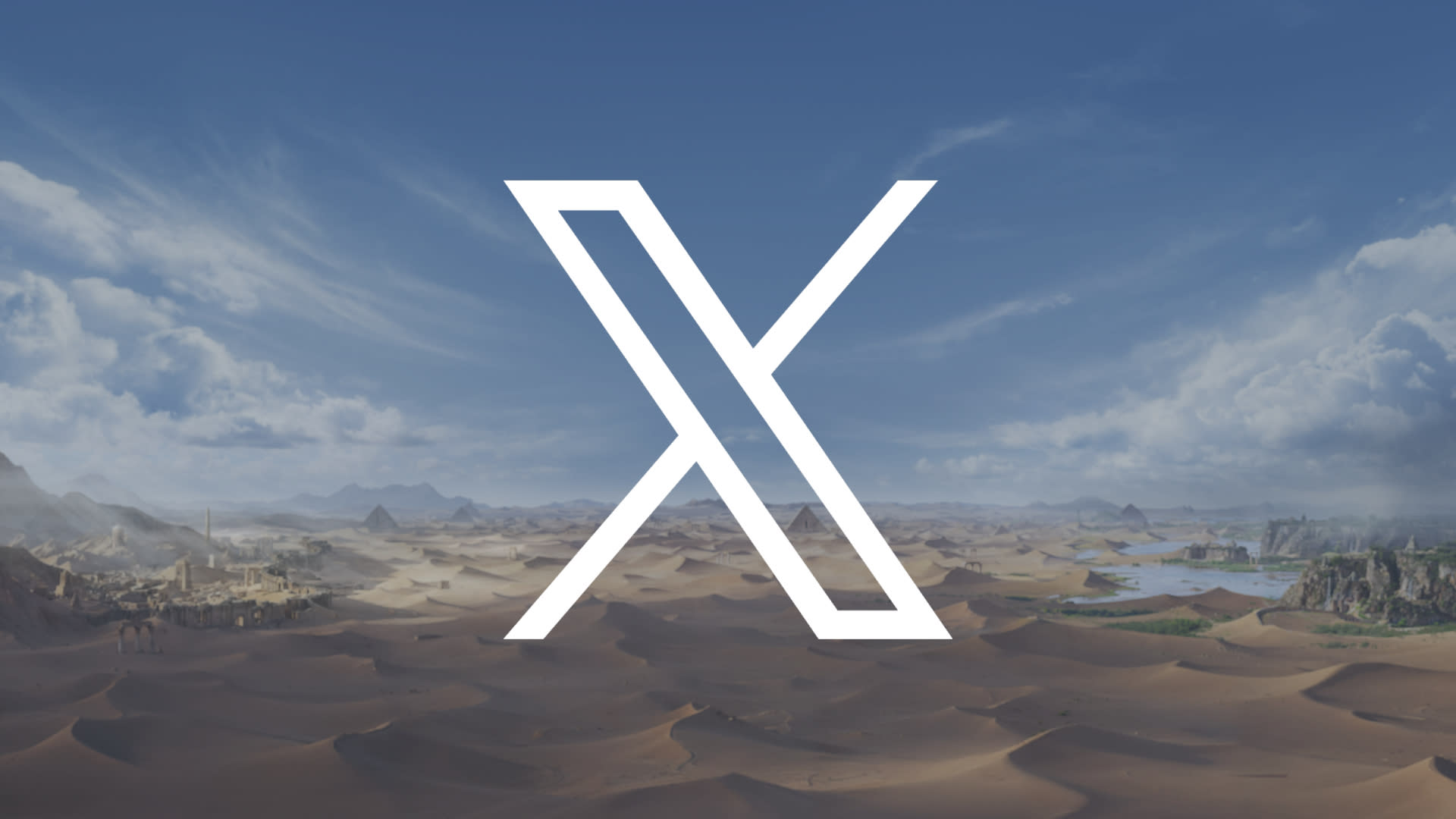

News & Updates
News & Updates
Developer Diary | Economy: Part Two
Hello, friends. Welcome to part two of our Developer Diary covering Millennia’s economy. Rob kicked things off for us the last time, outlining the different types of Goods and Resources, the role of Needs, and how Workers can scale in more advanced economies. This time, we’ll build on that by covering some of the other key components at a fairly low-level of detail. Let’s get it going…
Capital Buildings
Each Region has a Capital City. Within that Capital, you can construct Capital Buildings. Capital Buildings aren’t really direct contributors to the economy at the Goods lines level in that they do not typically generate any Goods themselves. There are exceptions – the Scholars National Spirit allows you to build a Capital Building that produces Books, for example – but, in general, Capital Buildings represent more the overall infrastructure of a Region. That infrastructure takes some time to build up. Capital Buildings are built by the Capital, using the Production generated at the Capital, so there is a time component involved. Similarly, Capital Buildings can have requirements related to the Region – if you are in the Age of Rocketry and you want to build a Foreign Office Capital Building, it requires a Region Level of 3. A Region’s Region Level can be increased in a number of ways. Building a Town in the Region increases Region Level by one (as does levelling a Town already in the Region). Certain Capital Buildings, like the Food Stockpile in the Age of Stone or Aqueduct in Age of Iron, also increase Region Level.

(Quick aside on those examples – Millennia’s Capital Buildings are organized into upgrade lines. The Food Stockpile becomes a Granary in a later Age, the Aqueduct becomes a Water Works, then Sewers, and eventually a Wastewater Processing Plant. This changes the Buildings you deal with at different stages of the game, keeps the full list of what is built in one Capital more manageable, and also means you don’t found new Capital Cities in 2004 and start things off by building an Aqueduct.) Overall, this arrangement creates a development curve for Regions that feels somewhat realistic. You cannot plunk down a brand-new Capital City in the Age of Information and set it to work on Universities and Smart Grids and Internet Backbones – these are things that need people and infrastructure beyond what a shiny new one population Capital represents. Returning more to the question of how the Capital Buildings participate in an overall economy, the infrastructure they represent does involve economic output. Most Capital Buildings do not produce Goods, but a Grocery Store does create Food for a Region, an Investment Bank produces Wealth, a Public Library generates Knowledge, a Police Department provides Unrest Suppression, and so on. Overall, the Capital Buildings in a Region define a baseline output for the Region. The components of this aren’t scalable (you cannot build 12 National Landmarks in one Region) and taking the time to build them competes with training Units or running Projects, but they require no input Goods, no additional territory, and no assigned workers – they represent the broad economic activity of a Region.
Improvements
Improvements are somewhat the opposite of Capital Buildings, both mechanically and thematically. Where Capital Buildings represent general economic activity in a Region, Improvements represent specific industries or projects. Unlike Capital Buildings, Improvements are built in specific tiles, so they require available land within a Region and an expansion of borders over time if you want to support more of them. If you do not have enough space, you can be limited in the number of Improvements you can consider. Some Improvements also require certain types of terrain (you cannot build Fishing Boats in a Forest) which can further alter plans. (Note that an aspect of the tile need for Improvements is that they can be more vulnerable, as they cannot be worked if an enemy Army occupies the same space and they can also be razed.) Improvements also need workers (in most cases). Capital Buildings do not occupy population from the Region for their operation, but Improvements do. Hence, if something happens to reduce your population or if you construct more Improvements than a Region’s population can support, some of the Improvements can go idle. Where Capital Buildings are built with a Region’s Production, Improvements are placed with Improvement Points (in later Ages, with more advanced economies, Specialists replace IP for building certain Improvements). Unlike Production, IP is a shared national level resource and it accumulates. This creates very different possibilities for building Improvements compared to Capital Buildings. For example, you can focus IP from all sources on one Region if you want and, if you have saved IP for some time, you can immediately place multiple Improvements within one Region on the same turn. Economically, Improvements are the main “machinery” around Goods. There are exceptions, but generally Improvements either generate Goods directly (a Farm Improvement producing Wheat) or they convert Goods (a Mill Improvement taking in Wheat and producing Flour). Building and working Improvements is thus the primary way to obtain, alter, or improve Goods, and therefore defines a great deal of a Nation’s economic capability. Let’s walk through a simple Goods chain for an example. Say I am in Age of Rocketry, Age 8... Goods like Clay, Bricks, Marble, Logs, and Planks are important for development during earlier Ages. Later, Goods like Steel and Concrete drive strong development. Metal, in general, is a flexible Good and valuable from early stages of history. The Mining Technology in the Age of Bronze allows construction of Mine Improvements on hill terrain, which produce the Copper (or the more valuable Iron when you can find it). Mines and some of the related Improvements in the metal Goods line get better as technology progresses (the first Mines can be upgraded into more productive mines during the Renaissance, for example). In the Age of Revolution, the Steel Technology unlocks a new Improvement – the Steel Furnace. Once you have this technology, you’ll want to upgrade earlier furnaces (probably Blast Furnaces taking in metal to make Ingots) to Steel Furnaces, which can take in metal ore Goods and convert them to Steel. Steel is worth substantially more than Ingots (and a Steel Furnace has more capacity than the older Blast Furnace), but a more important consideration in most cases are the next steps in this Goods line – more modern metal-related Improvements require Steel to operate. So, if you want, you can just work Mines, feed the metal gathered there into Steel Furnaces, and add raw Production to a Region – just make it more capable of building. However, you can also build a deeper Goods line with additional Improvements that will allow you to get more from your Steel or get something other than Production. Once in the Age of Rocketry, for example, you might build a Machine Shop, and start feeding Steel there to make Power Tools (worth more Production). But, maybe you need more Wealth? If you do, you could instead build a Car Manufacturer and turn the Steel into Cars. Or, maybe you plan to get in some fights – in that case, you might want to build a Defense Manufacturer and use the Steel for Missiles.



Different Goods have different “profiles”, some do not require a lot of investment to gather but aren’t very flexible or cannot be improved as much, others are more expensive but can be more productive or converted to different Resources. Speaking to the flexibility of the metal Goods line, you might also invest in all of the Improvements mentioned in the example above and then move workers and Steel around to get what you need most as your situation changes. A component not mentioned above is that the more advanced Improvements sometimes introduce additional Needs. For example, Steel production requires Power and the more Steel Furnaces, Machine Shops, Car Manufacturers, and so on in a Region, the more Power you need to supply. Which means things like mining Coal or Petroleum and building Wind Farms or Power Grids. You might also decide that the additional infrastructure isn’t worth it for your strategy and try to make things work by exploring a lower-tech strategy, scaling up the cheaper mines and furnaces and foundries of an earlier era.
Import and Export
Millennia has two general types of trade, Foreign Import and Domestic Export. Both are governed primarily by various Capital Buildings that determine capacity. For example, if you build a Shopping Center Capital Building in a Region, you gain three Foreign Import slots and be able to import up to three Goods into the Region. Foreign Import allows you to spend Wealth to acquire Goods from a world market. In all cases, you can import Trade Goods, which are worth Culture. If you have deployed an Envoy to the Region of another Nation, and are not at war with them, Goods produced in their Regions are added to the market and available for import. Foreign Import is a useful way to obtain a specific Good you have had difficulty finding or to convert excess Wealth into something more valuable. Domestic Export is similar, but it involves “trade” between your Regions, essentially sending Goods from one place to another.

If you build a Container Yard Capital Building in a Region, for example, you will gain three Domestic Export slots, which allow you to send up to three Goods from the Region with the Container Yard to any other Region in your Nation. This is similar to how Outposts operate. Outposts are linked to Regions and, when Trade Posts are built atop Goods in their territory, these Goods are shipped to the linked Region. Domestic Export can be very useful. Outposts are easier to establish that full Regions so, in early stages of the game, you can use them to claim a small area with bonus Goods and ship those to one of your Regions (and, since Trade Posts require no workers, this doesn’t sap capacity from the Region). Later, if you have multiple Outposts and multiple established Regions with Domestic Export capacity, you can do things like send that capacity to your Region closest to an enemy so that new military Units are trained faster and closer to the fighting. Or, you can found new Regions and use Domestic Export to supply the brand-new Region with Production that will allow it bootstrap quickly.
Merchants
Merchants are a special Unit obtained using a Diplomacy Domain Power. They can be used in two different ways. When sent to a Region held by another Nation, they can be moved next to the Capital City of the Region and there deployed. Deployed Merchants generate Wealth every turn, based on the population of the Region where they are active. The second (and arguably more interesting) use for Merchants is to develop Vassals. When you found a new Region or capture a Region from an enemy, your new territory starts as a Vassal. Vassals can be converted into full Regions but Millennia does not assume that all Vassals eventually become Regions. Instead, since every Vassal contributes Resources each turn, in a lot of cases it is more effective to focus on building up a select set of Regions which are supported by a number of Vassals that remain Vassals.

Vassals expand and develop on their own, which increases the amount they tribute. Population is a primary driver behind this and as a Vassal’s population increases, the amount it provides each turn increases too. Each Vassal also has a Prosperity rating which is essentially a multiplier of the Vassal’s base tribute. Getting a developed Vassal, with a larger population, into a range like 300% Prosperity can produce sizeable income. Merchants can be deployed at your Vassals in the same manner as they can be sent to a foreign Region. It takes time for them to increase the Prosperity of your Vassal, so the choice here is short-term Wealth from the foreign Nation or longer-term investment from a Vassal you wish to build up.
Thanks!
We had to break this Developer Diary into two parts and this is still long – apologies for all of the words, but we hope you’ve enjoyed it. More importantly, we hope you can see that Millennia’s economy model is interesting, deep, and presents new options for how you can design and manage your Nation. The base model has plenty going on, but when you layer in the different Ages, different National Spirits, different approaches to victory, and so on, the combination is a massive collection of possible strategies that supercharges Millennia’s replayability. Thanks again, and if you like what you’ve seen, please wishlist us.
Community






Millennia Newsletter
Sign up for our newsletter today and receive 7 exclusive Millennia artwork wallpapers along with the latest news and updates!
By subscribing, you agree to receive news and special offers from Paradox Interactive.